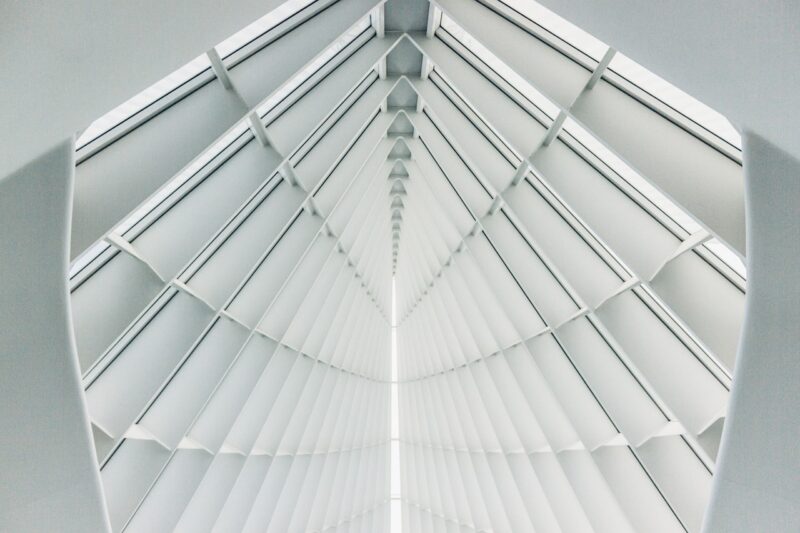The Science Behind Why the Human Eye Prefers Certain Patterns
November 17, 2024

Understanding the human eye and its preferences for certain patterns requires delving into the realms of psychology, biology, and even art. This article explores the science behind why we are drawn to specific shapes, colors, and arrangements, revealing how our perception influences our understanding of the world.
1. The Anatomy of the Eye: A Gateway to Perception
The human eye is a remarkable organ that does more than just allow us to see; it plays a crucial role in how we interpret our surroundings. The anatomy of the eye includes several key components:
- Cornea: The clear front layer of the eye that helps focus light.
- Lens: Adjusts the focus of light onto the retina as you look at objects at varying distances.
- Retina: The light-sensitive layer at the back of the eye that converts light into neural signals.
- Optic Nerve: Transmits visual information from the retina to the brain.
These components work together to create the images that we perceive, making it vital for our survival. The processing of light and patterns begins in the retina, where specialized cells known as photoreceptors react to light. They help us perceive texture, depth, and color—elements that heavily influence our pattern preferences.
2. The Psychology of Visual Perception
Our attraction to certain patterns can be deeply psychological. Cognitive psychology studies the mechanisms of perception and how they relate to our experiences and preferences. Some psychological concepts related to visual patterns include:
- Gestalt Principles: These principles explain how we group elements in our visual field. For example, we tend to perceive a series of dots as a line or an object when they are closely spaced together or when they share similar features (like color or shape).
- Familiarity and Recognition: The more we are exposed to certain patterns, the more we recognize and prefer them. This concept is linked to the mere exposure effect, where repeated exposure increases our liking for stimuli.
- Symmetry: Humans naturally gravitate towards symmetrical patterns. Symmetry is often associated with beauty and balance, influencing our aesthetic preferences across art, nature, and design.
Psychological studies reveal that visuals with symmetry tend to yield positive responses, leading to a preference for such patterns in everyday contexts, from nature to fashion.
3. The Role of Color in Pattern Preferences
Colors have a profound impact on how we perceive patterns, influencing emotions, reactions, and preferences. The science of color psychology suggests:
- Emotional Responses: Different colors evoke different emotions. For instance, blue is often associated with calmness, while red evokes excitement. Patterns that incorporate these colors can influence our attraction to them based on the feelings they elicit.
- Cultural Significance: Color meanings can vary across cultures. For example, white symbolizes purity in some cultures while representing mourning in others. Thus, our preferences can be influenced by cultural context and individual experiences.
In art and design, the strategic combination of color and pattern can evoke powerful emotions, drawing viewers into complex visual narratives.
4. The Impact of Nature and Evolution on Pattern Preferences
Several theories suggest that our pattern preferences are shaped by evolutionary forces. Nature serves as a compelling reference point for attractive patterns:
- Biophilia Hypothesis: This theory posits that humans have an innate affinity for nature and natural patterns. We are attracted to organic shapes and motifs, reinforcing our connection to the environment.
- Survival Mechanisms: Patterns that resemble natural environments may have historically indicated safety or resources (e.g., the stripes of a tiger or the spots of a leopard). As a result, we may be drawn to patterns associated with safety or accessibility in nature.
The combination of biological instinct and aesthetic appreciation creates a powerful link between humans and nature, shaping our visual preferences.
5. Application in Design and Art
Understanding the science behind pattern preferences has profound implications for artists, designers, and marketers. Effective strategies include:
- Creating Engaging Visuals: Artists can use knowledge of symmetry, color psychology, and natural patterns to design captivating artworks that resonate with viewers.
- User-Centered Design: In branding and marketing, designers can leverage preferred patterns to create user-friendly interfaces that are pleasant and effective in capturing attention.
- Architectural Elements: Architects can incorporate nature-inspired patterns into their designs to create environments that evoke comfort and appeal.{
Harnessing the power of patterns enhances aesthetics and functionality while leading to a more profound connection between the observer and the observed.
Conclusion: The Eye’s Preference is More than Meets the Eye
In conclusion, the preferences of the human eye for specific patterns are grounded in complex interactions between biology, psychology, and experience. From the anatomy of the eye to the influences of symmetry, color, and nature, our reactions to patterns reveal much about our perceptions and preferences. By understanding the science behind our attraction to patterns, artists and designers can create visuals that not only appeal aesthetically but also resonate deeply with viewers.
As we move forward in a world increasingly dominated by visuals, recognizing the underlying principles of pattern preference will become even more crucial in creating engagement and connection through art and design.








